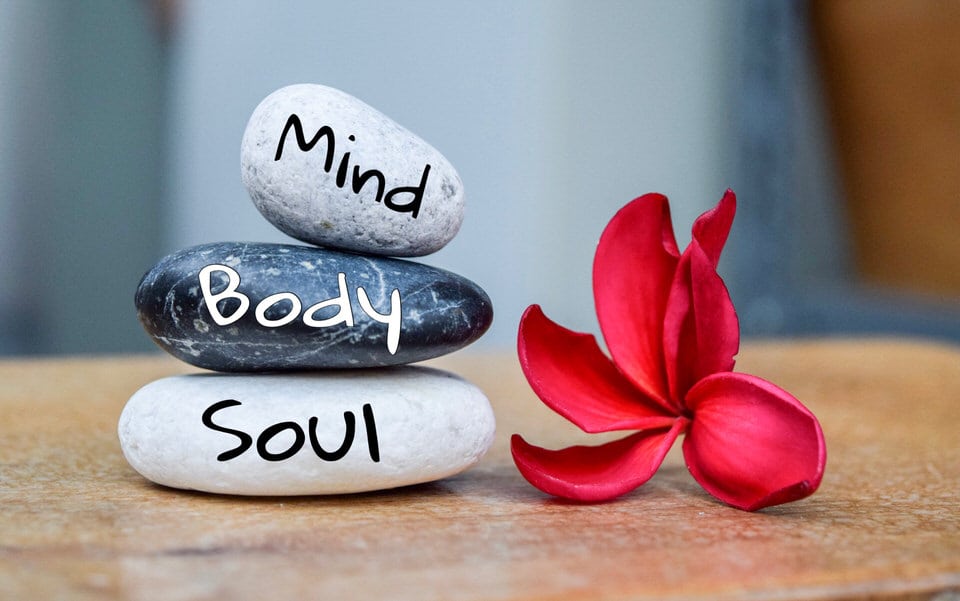Obesity, which contributes to several health problems like cancer, stroke, diabetes and high blood pressure has become epidemic and affects…
Read More

Obesity, which contributes to several health problems like cancer, stroke, diabetes and high blood pressure has become epidemic and affects…
Read More
Why are Americans so worked up about health care reform? Statements such as “don’t touch my Medicare” or “everyone should…
Read More
Basically curry’s medical benefits are derived from their spice rich ingredients; here is the break down of usual spices found…
Read More
American’s are looking for lower cost alternatives when it comes to their healthcare needs. Those who do not need a…
Read More
Many people are aware that exercise is an integral part for the human body. It helps keep maintain a healthy…
Read More
The first thing to emphasize is that I’m not a medical professional and I’m not giving medical advice about any…
Read More
When you are considering health insurance it is essential that you ask a number of specific questions about a health…
Read More
You know that quilting makes you feel good, but now there’s scientific evidence to back up what you’ve always suspected-not…
Read More
If a penis came with an instruction manual, men would have no questions about the care and management of this…
Read More
Whether you are a professional ice skater, a toddler, a retiree, a student, or a housewife, you can get health…
Read More